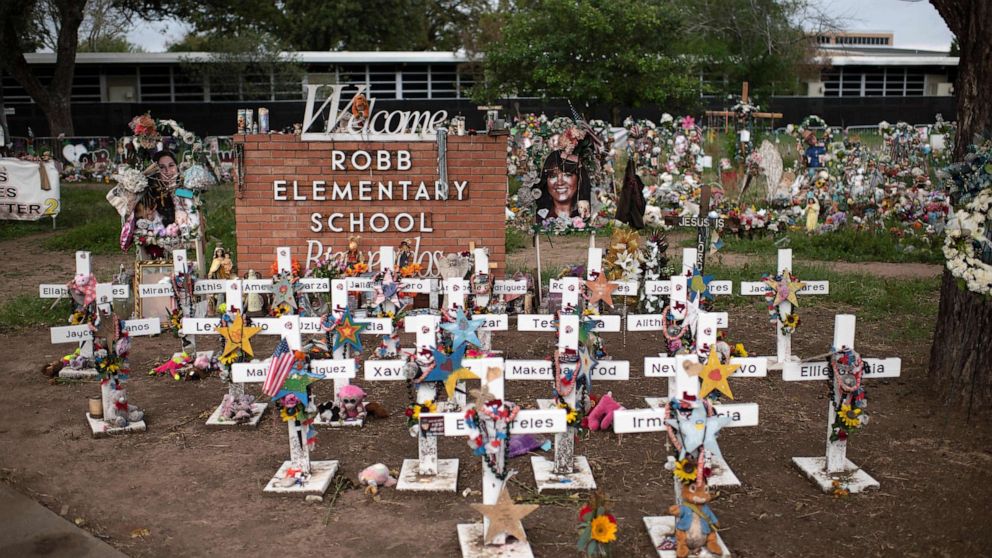#Nuclear war would create ‘dire’ worldwide hellscape: scientists

Table of Contents
“Nuclear war would create ‘dire’ worldwide hellscape: scientists”
The threat of nuclear war goes well beyond the warfront.
Even far away from the terror seen by citizens and soldiers on the frontlines, Russia’s ongoing advancement into Ukraine has unsettled global economies as well as a sense of freedom and security abroad.
As it should, say scientists, who warn of the grave danger that the aftermath of nuclear war poses for the planet.
Just nine nations of the world are in control of more than 13,000 nuclear weapons, according to the Stockholm International Peace Research Institute. With that in mind, earth sciences and computational researchers aimed to better understand — so we can better prepare for — the dystopian landscape that could result from nuclear war.
Various computer simulations of nuclear firestorms saw a future with scarce sunlight, food and resources — globally.
As soot and smoke from the blasts fill the upper atmosphere, temperatures would plunge 13 degrees Fahrenheit in the first month — bigger than the drop that occurred during the last ice age.
With clouds blocking the Sun, crops would fail, while algae — the basis of the marine food chain — would disappear, thus halting major fisheries. Meanwhile, expanding ice coverage due to the cold shock — growing by more than 6 million square miles and 6 feet deep — would block major ports from receiving shipments of food and other goods across seas, from Shanghai to Copenhagen.


“It doesn’t matter who is bombing whom. It can be India and Pakistan or NATO and Russia. Once the smoke is released into the upper atmosphere, it spreads globally and affects everyone,” said Cheryl Harrison, an assistant professor at Louisiana State University, in a statement on behalf of a team of international researchers. Their work was published on Thursday in the journal Earth and space sciences journal AGU Advances, a Wiley publication.
Their simulations examined outcomes following drops of 4,400 100-kiloton nuclear weapons between the US and Russia, which would release more than 330 billion pounds of smoke and sunlight-absorbing black carbon into the upper atmosphere — or if 500 bombs weighing 100 kilotons each were detonated between India and Pakistan, which would see somewhere between 11 billion to 103 billion pounds of ash and smog ejected. (For comparison, the bombs that hit Nagasaki and Hiroshima in 1945 were 21 and 15 kilotons, respectively.)


It’s critical for world leaders to consider their findings, said study co-author Alan Robock, a professor in the Department of Environmental Sciences at Rutgers University.
“Nuclear warfare results in dire consequences for everyone. World leaders have used our studies previously as an impetus to end the nuclear arms race in the 1980s, and five years ago to pass a treaty in the United Nations to ban nuclear weapons,” Robock said. “We hope that this new study will encourage more nations to ratify the ban treaty.”
Current global affairs should be a wake-up call, added Harrison.
“The current war in Ukraine with Russia and how it has affected gas prices, really shows us how fragile our global economy and our supply chains are to what may seem like regional conflicts and perturbations,” she said.
Their models are not unlike what happens during massive volcanic eruptions, researchers noted.
“We can avoid nuclear war, but volcanic eruptions are definitely going to happen again. There’s nothing we can do about it, so it’s important when we’re talking about resilience and how to design our society that we consider what we need to do to prepare for unavoidable climate shocks,” Harrison said. “We can and must, however, do everything we can to avoid nuclear war. The effects are too likely to be globally catastrophic.”
If you liked the article, do not forget to share it with your friends. Follow us on Google News too, click on the star and choose us from your favorites.
For forums sites go to Forum.BuradaBiliyorum.Com
If you want to read more News articles, you can visit our News category.




